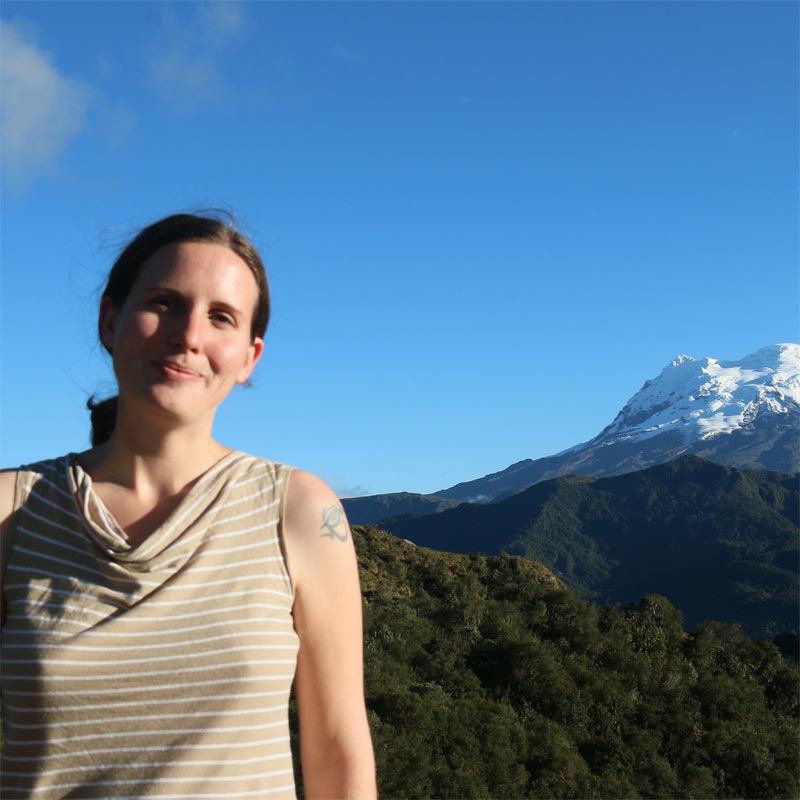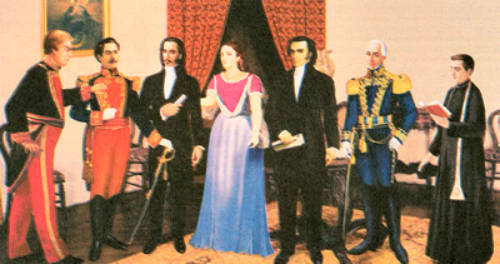THE FIRST CALL FOR INDEPENDENCE

ASTRID
On August 10, 1809 Quito was the place of the first revolt against Spain in Latin America. A group of criollos (people of Spanish descent but born in the South American colonies) declared their independence from the Spanish. They formed an independent government junta and signed a document which confirmed the rebellion. That was the THE FIRST CALL FOR INDEPENDENCE.
To understand what was happening, we have also to look at Europe: Napoleon was trying to win Spain, a strong Spanish rebellion tried to stop him. Still, Napoleon managed to take over part of Spain, forced first King Carlos IV to abdicate, and then his son King Ferdinand VII who was made king after his father, and made his brother, Joseph Bonaparte, King of Spain. The happenings in Spain of course concerned the Spaniards and criollos living in the colonies.
In Quito, the criollos, who originally also were Spanish, were tired of being reigned by the Spaniards who formed the local Colonial Government. Count Ruiz Castillo was the president of the Real Audienca de Quito. The criollo elites often met and discussed and made plans about the colony’s future. An important meeting took place on the night of August 9 in the house of Manuela Cañizares. Pedro de Montúfar was the leader of this group, also Juan de Dios Morales, Captain Juan de Salinas y Zenitagoya, Juan Larrea, Bishop Cuero y Caicedo and Manuel Rodríguez de Quiroga. They were influenced by Eugenio Espejo, an important Ecuadorian intellectual.

On August 10 then, they declared themselves independent from the criollo government and from Napoleon’s influences but pledged loyalty to King Ferdinand VII.
The government junta took power on August 16. It was led by Montúfar until October 12, when he stepped down. He was briefly replaced with another criollo leader, but the new government lacked public support. Thus, on October 24 the junta saw itself isolated and so limited in their power that they handed the power back to Ruiz Castillo on October 24.
In Quito, 13 years of struggles and wars followed, before finally on May 24, 1822 Independence was gained. Still, the 10th of August 1809 is seen as the beginning of this fight for the ecuadorian independence, not only for Ecuador, but for all of South America.
If you want to know more about Quito’s history, check out our Quito City Tour which covers many historical buildings and monuments.
Picture Credit:
Carandolet Palace by Taty2007, available on https://commons.wikimedia.org/wiki/File:Carondelet_-_Quito.JPG
visit our other channels
Recent Posts
- From Manglaralto to Pacoche and surroundings April 18, 2024
- Excursions within the rainforest region of Ecuador April 5, 2024
- Ecuador in a state of emergency?! My personal experience March 22, 2024
- The 10 most beautiful lakes and lagoons in Ecuador – Part 2 March 12, 2024
- The 10 most beautiful lakes and lagoons in Ecuador – Part 1 February 23, 2024